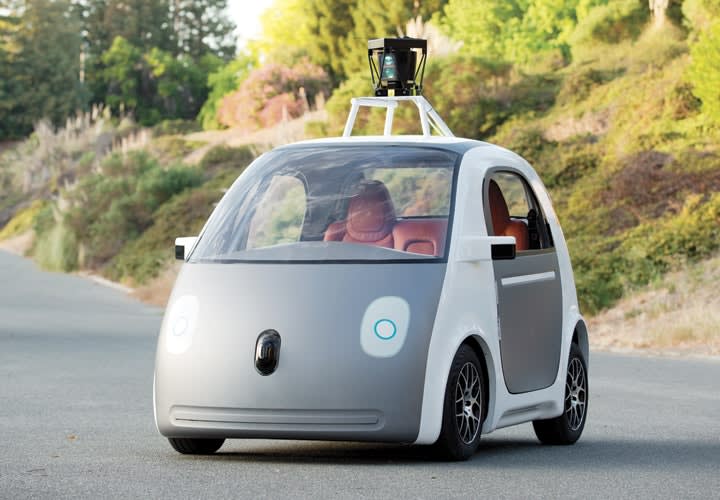Imagine it's the year 2020. Prior to hitting the street, Officer Megan Starr of the San Rafael (Calif.) Police Department inspects her 2020 model year police cruiser. She gets into the driver's seat, which recognizes her by retina scan, and it immediately moves to the position she prefers. Officer Starr logs on via voice request to the department CAD system and "tells" the vehicle to patrol the downtown area using random patrol "Henry 1."
The vehicle leaves the rear lot of the police department. As the car drives itself around the downtown area, Starr reads the briefing log to see what happened in the previous 12 hours. She thinks about the officers who used to have to drive themselves while looking at the CAD screen, operating the lights and siren, and talking on the radio while trying to find a suspect who might be running away. The life of a police officer has dramatically changed with the autonomous vehicle, she thinks. It's allowed the police to focus on crime fighting rather than on maneuvering their cruisers.












